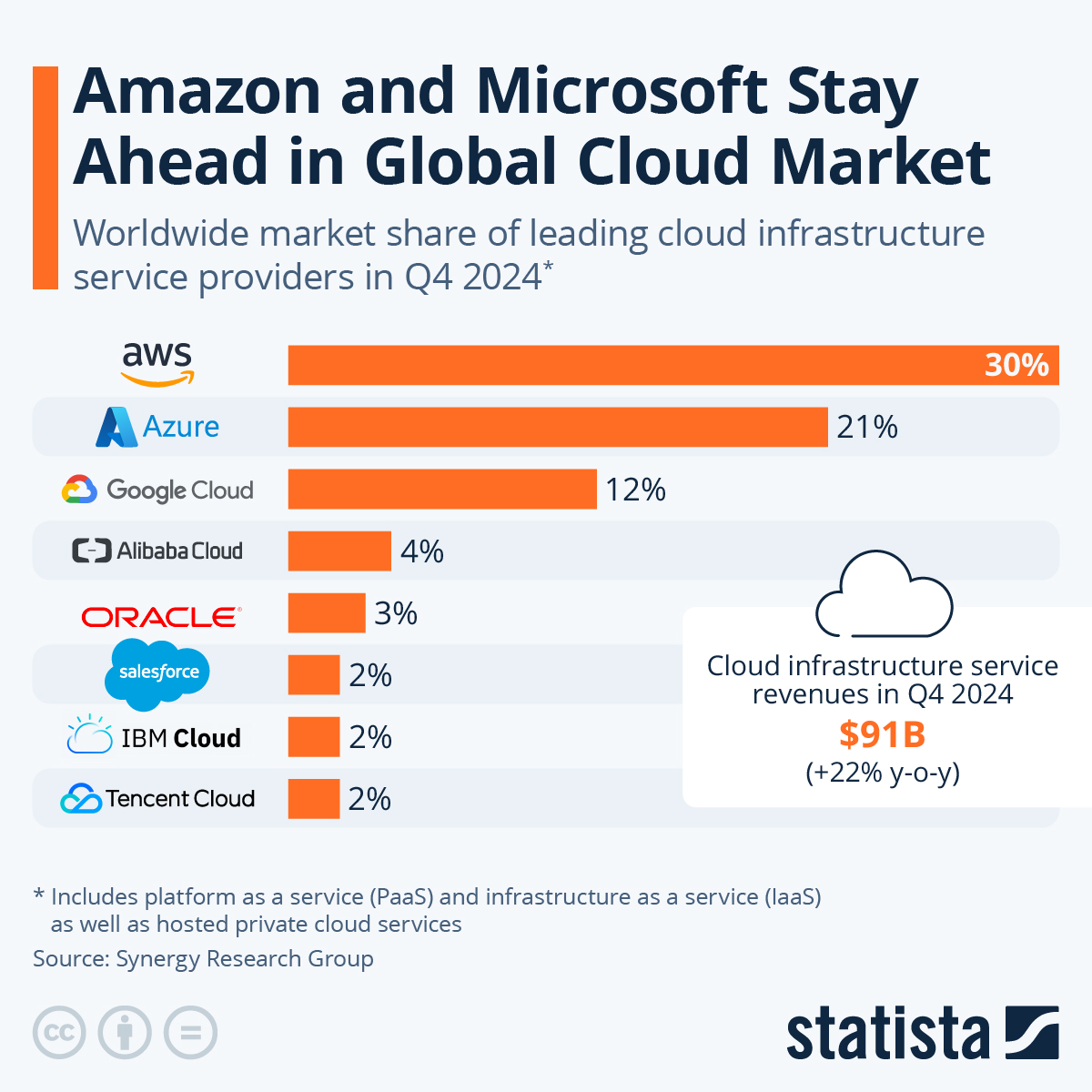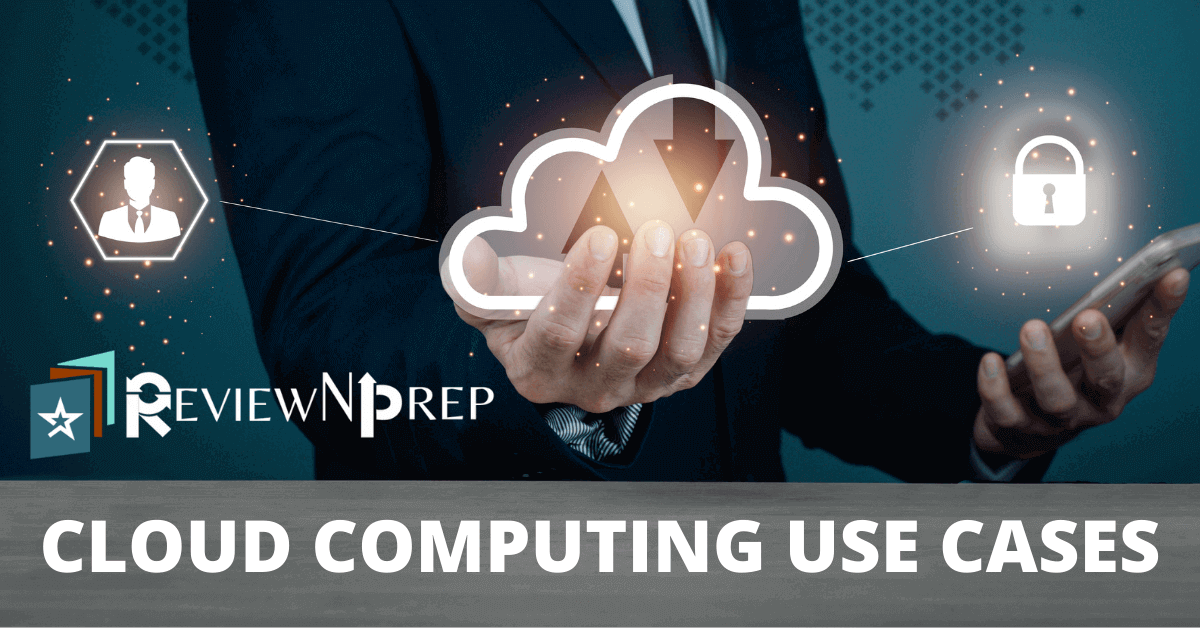|
|
So, you’ve got this great idea that you are very excited about. You want to get started on building your business using the cloud, but you don’t know where to start! Whether you are working for a big enterprise, a medium size business or want to start your own company, cloud is for everyone. In this blog, we’ve explained practical cloud computing use cases that will bring your idea to light. It’s time to get started!
But first, if you are new to the cloud, let’s understand what is cloud computing.
Table of Contents
What is Cloud Computing?
Cloud Computing is the ability to access data and applications over the internet. It means that you can access your data and applications, regardless of where you are. This makes it a great tool for businesses of all sizes.
Knowingly or unknowingly, you’d have accessed cloud one way or the other. For example, Gmail, Google Drive, YouTube uses its own Google Cloud Platform and Services. Coca-Cola is a major customer of AWS, and it dominates the global beverage industry.
Related Blog: The top 5 reasons you should learn Cloud Computing
Who Are The Top Cloud Service Providers?
In terms of market share, Amazon Web Services (AWS) still holds the top position with almost one-third of the market share, followed by Microsoft Azure. The other notable cloud vendors are Google Cloud Platform (GCP), Alibaba, Oracle Cloud Infrastructure (OCI) and IBM Cloud.
Below is an infographic from Statista on Cloud Computing market share:
 You will find more infographics at Statista
You will find more infographics at Statista
Cloud Computing Use Cases
Here are 5 cloud computing use cases that can help you navigate the cloud ecosystem:
Proof of Concept
Often times you are required to do a proof of concept or build a prototype in your technology project. Some of the questions that your business leadership or you might have in mind are –
Is your prototype going to work? Will it be successful? Is it going to bring in enough revenue to justify its cost?
Time and Cost are critical when you are doing a proof of concept. Cloud takes care of both! The cloud is a great fit for research and development. You don’t need a huge initial investment of capital. Access whatever resources you need and then evaluate and reiterate as needed. You can use the results of your proof of concept to better predict success or failure before going all in and making that huge investment.
Test and Development
The cloud lets you easily switch environments, which is a great advantage when it comes to testing and development. Using the public cloud allows you to spin up servers for a short time and then shut them down when you’re finished. This allows you to quickly create a staging or a non-prod environment where you can experiment with your project without having to wait long periods of time for a new environment to be provisioned.
The ability to spin up new resources at the click of a button increases your agility, speed up the time it takes for your products to reach market, and thereby increases your business’s revenue growth.
Backup and Disaster Recovery
Public cloud technology provides resilience and durability in the event of a natural disaster like an earthquake or a hurricane. Every hour lost is an hour that cannot be recovered. This can have a significant impact on your business, financially speaking.
If something like this happens, you can simply move your systems to another location. Migrating a new data center can be time-consuming, tedious, and expensive. With the cloud, you have access to vast storage space that can backups data across many different locations. Moving around in the cloud might only take a few minutes, depending on your setup.
Cloud computing allows recovery to be performed faster because the data is stored across multiple physical servers rather than at a single data centre.
Storage
Backups are an important part of ensuring that your data is safe, and archiving them can greatly reduce the amount of storage space they take up. Cold storage or infrequently used storage costs much less than warm storage that holds frequently used data. Not only that adding new hard drives for your frequently accessed data can be tedious, time consuming and expensive.
Example – Gaming services like PlayStation, Xbox uses cloud storage. Cloud gaming services give you the ability to play games online without having to download them to your computer. Instead, they are downloaded and stored on a remote server.
Cloud comes with unlimited storage. With a click of a button, you can enable versioning so that you never loose track of the changes made. So, keeping detailed backups of everything is actually viable. Additionally, the cloud is not only a great way to store your data but you can access it from anywhere. It can save you money on storage costs, allow you to access your data from any device, and make data management easier.
Traffic Bursting
This is a great feature especially, if you have a retail or an e-commerce business. Back in the days, during a yearly sale or a special occasion, additional resources would have to be provisioned to keep up with the demand. When the sale expired, traffic dropped and the resources were not used for remainder of the year.
Public clouds are a great way to handle demand spikes for computing resources. When extra resources are needed, the cloud providers can scale up quickly to meet the increased demand. This is much better than having to purchase additional hardware that will mostly sit unused all year long. All this can happen with no manual intervention and using a smart rule that triggers when certain conditions are met.
Serverless Computing
Serverless computing is a way of using the cloud to run functions without having to worry about setting up or managing the underlying infrastructure or the virtual machines. This means that system updates, scalability, and high availability are handled automatically by the cloud services provider.
Example – Slack and Skype uses serverless computing for communications between employees. Cloud-based versions of these tools mean that everyone in the company can access them from their own devices.
Serverless follows the pay-as-you-go model, wherein you only pay for the time your function is running and the resources it consumes. This eliminates the need to manage and maintain a server infrastructure.
Websites and Other Web-based Services
Cloud computing is a popular choice for organizations because it can quickly scale up or down to meet demand, and data centers are widely distributed so that servers are close to users.
It also allows you to access certain services like Content Delivery Networks, or CDNs. A CDN is a set of systems that redirects traffic to a nearby caching server. As a result, this can significantly reduce a website’s latency for its users across the globe.
Example – Online retailer Amazon uses its own AWS cloud and a host of servers closer to the user location for faster access of the products listed on its store.
Desktop Virtualization
Desktop virtualization allows you to run multiple operating systems on one computer at the same time. This means that you can switch between different applications without having to restart your computer. This gives developers a great way to test their applications across different platforms.
Containers and virtualization capability is great for business owners who need different applications available at all times. For example, a hotel could have a reservation system that is available on different devices, like a laptop, an iPad, and a phone.
Related Blog: Virtualization and Containers explained in detail
Conclusion
Cloud computing may seem like a daunting task, but the benefits are well worth the hassle. You can create and configure cloud resources quickly using Infrastructure as Code or IaC. Many big tech and international companies are using cloud computing because it offers easy scalability, security, and innovation.
It shouldn’t come as a surprise that top streaming companies like Netflix, Amazon Prime, Hulu and others all uses the power of cloud. Other notable companies that relies on cloud infrastructure are eBay, Zoom, Walmart, Etsy, Twitter and PayPal.
Organizations are always looking for new ways to save money to meet their business goals. So cloud computing is a great choice for them. With so many benefits of cloud computing, there’s no limit to what you can do with it! So, get started with Cloud today and join the revolution!
Further Reading: How to start a career in Cloud with no IT background

